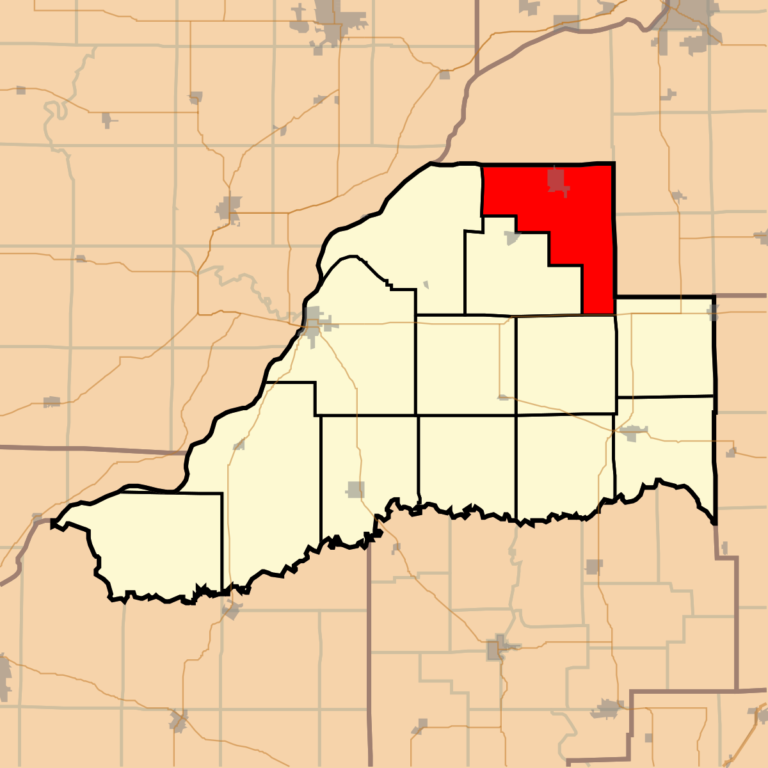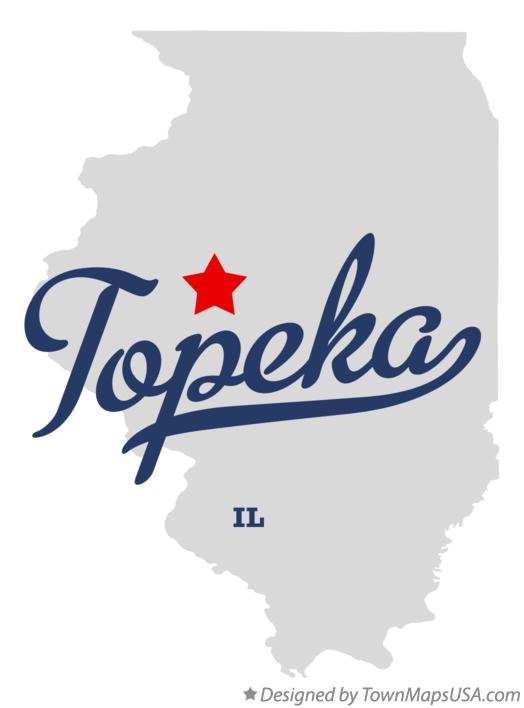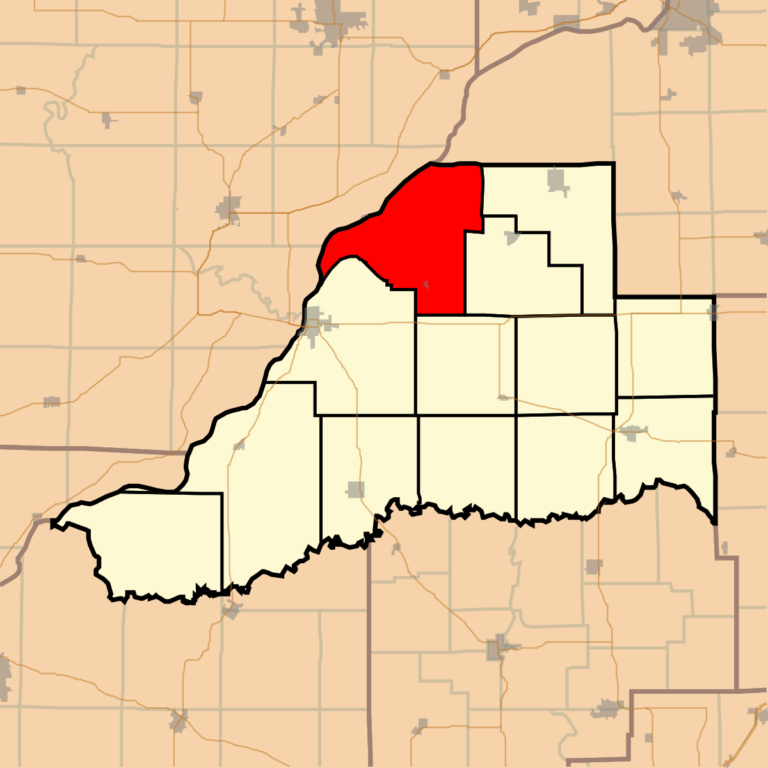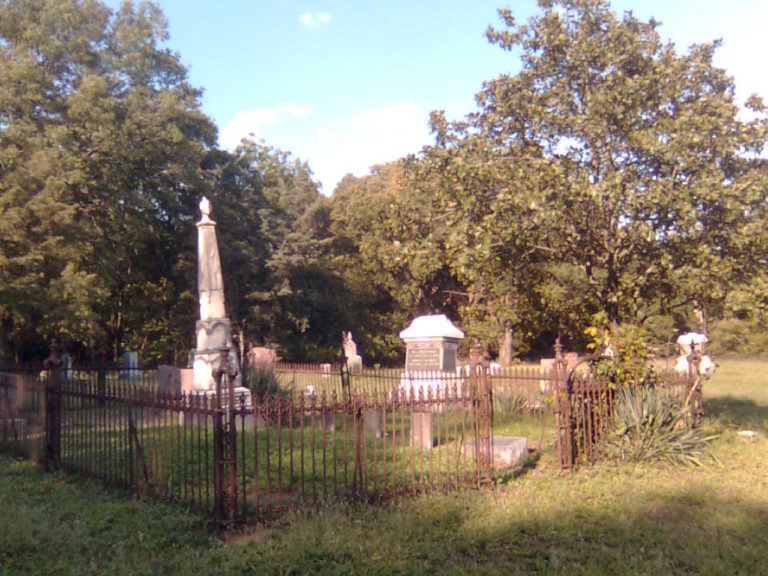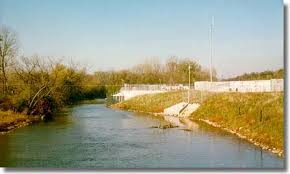Manito Township History
The information below comes from a book entitled, “The History of Menard and Mason Counties, Illinois” The book has an unnamed author and covers the years from about 1834-1880. I hope you enjoy this information and let others know that it is out there. Thanks – Tom MANITO TOWNSHIP HISTORY He who attempts…

